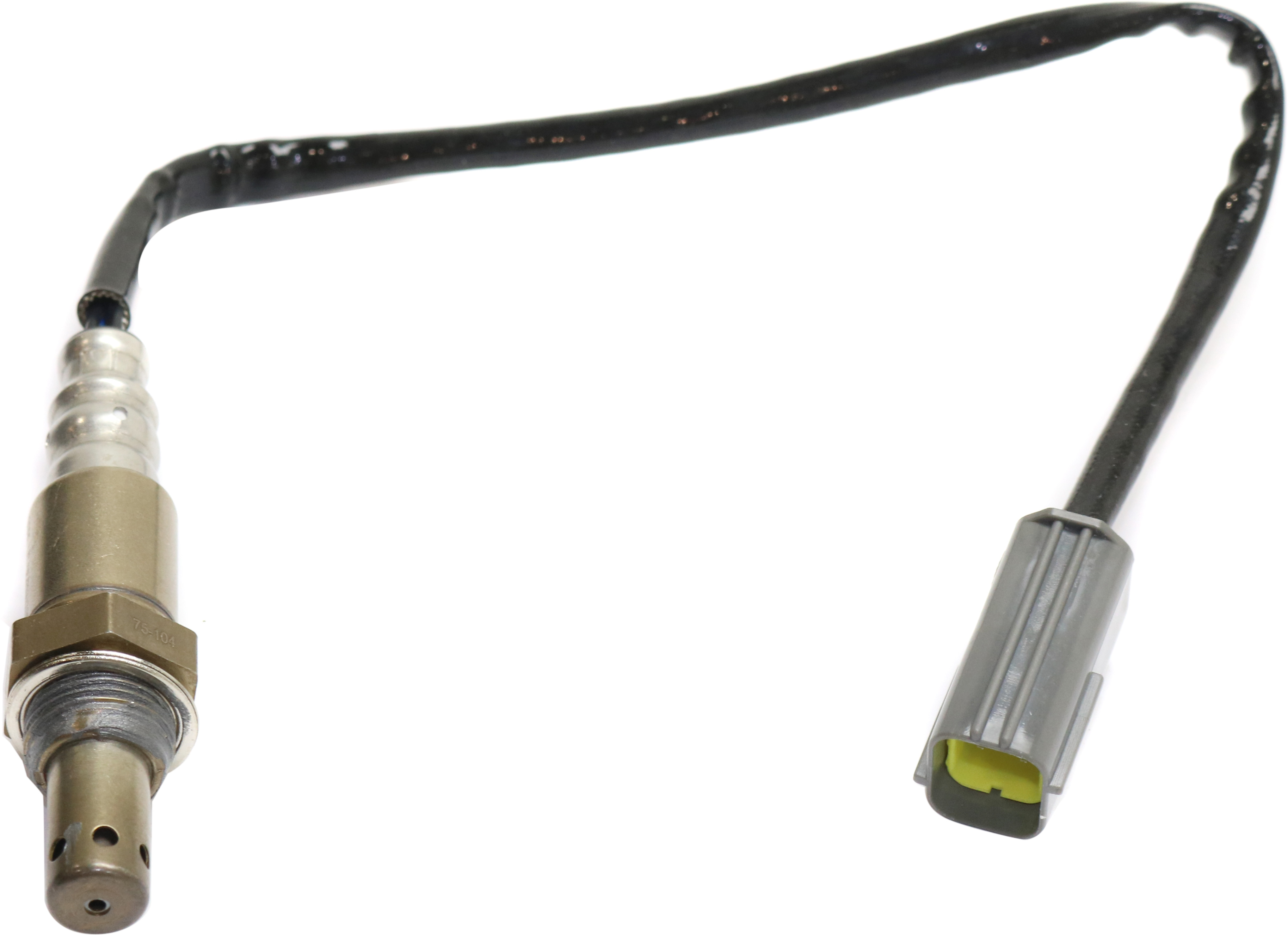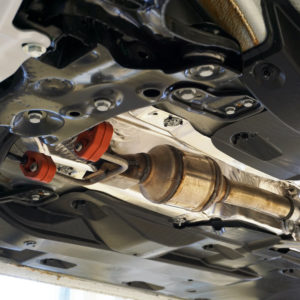Oxygen sensors are crucial for engine operation. Their primary function is to measure the oxygen content in the exhaust. However, just like any other engine component, it isn’t uncommon for these sensors to get faulty at one point. Error code P0142 is one of the several diagnostic trouble codes related to a faulty oxygen sensor circuit.
If your scan tool reads this code, it is best to have the issue checked right away. Here is some helpful information about this trouble code.
What Does the P0142 Code Mean?
Diagnostic trouble code (DTC) P0142 stands for “O2 Sensor Circuit (Bank 1 Sensor 3).” It is triggered once the vehicle’s powertrain control module (PCM) perceives that the bank 1, oxygen sensor 3’s voltage is stuck in an abnormal state for a specific period or that it isn’t responding at all.

“Sensor 3” refers to the third downstream oxygen sensor that’s located in bank 1 of the engine. This O2 Sensor 3 will be a catalyst monitor sensor that determines O2 storage capacity of the light-off converter but the signal from this sensor may be used for fuel trim if sensors 1/1 and 1/2 fail.
As mentioned earlier, oxygen sensors measure the amount of oxygen in the exhaust stream. The PCM uses the signal from the upstream oxygen sensors (before the catalytic converter) to calculate how much fuel to inject into the engine.
On the other hand, the module primarily uses the signal from the downstream sensors (after the catalytic converter) to determine the efficiency of the catalytic converter. A heater element is necessary for the oxygen sensor to function as it should. A typical zirconia sensor will not send a voltage signal until its tip reaches a certain temperature.
The oxygen sensor voltage varies depending on the oxygen content in the exhaust. Once the PCM perceives the signal to be outside of the normal operating parameters, it will trigger an oxygen sensor error code. In this case, it will trigger a P0142 code.
To understand how the ECM/PCM finds problems with O2 sensors, read our technical discussion about rationality checks. If a sensor is not reacting at all, it can be due to a couple of reasons, which will require a thorough diagnosis.
Note: The definition of code P0142 may be different depending on the vehicle manufacturer. Consult the appropriate repair manual or repair database for the exact code definition.
What are the Possible Causes of the P0142 Code?

Here are the possible triggers of this error code:
- Faulty oxygen sensor (bank 1, sensor 3)
- Exhaust leak
- Possible wiring issue
- An issue with the PCM
What are the Common Symptoms of a P0142 Code?
Here are some of the common symptoms related to a P0142 code:
- Illuminated check engine light
- Decreased engine performance
- Decreased fuel efficiency
- Increase in tailpipe emissions
How to Diagnose the P0142 Code
Diagnosing an oxygen sensor circuit malfunction is difficult. If you’re not familiar with oxygen sensors and their circuitry, it is best to bring your vehicle to an auto repair shop. A professional would know how to properly diagnose the problem.
If you’re an experienced DIYer who wants to try to diagnose this code yourself, locate the right sensor on the vehicle before you begin. Typically, Sensor 3 is the rearmost O2 sensor on a system that has only one catyalytic converter.

It also helps to check out vehicle-specific repair manuals or online repair databases. These resources contain helpful troubleshooting information, including how to diagnose problems in an oxygen sensor circuit.
How to Fix the P0142 Code
P00142 is a generic trouble code, which means it may appear on various makes and models. However, it doesn’t mean that there is one solution that would work for all vehicles.
For example, the repair procedures that worked for a P0142 on a Toyota Camry may not clear a P0142 on a Chevy Suburban. Remember that vehicle engines and their components may be structured differently per vehicle manufacturer.
If you plan on doing the repairs yourself, we recommend consulting vehicle-specific repair manuals or getting an online repair database subscription. These materials will provide you with reliable repair information about this trouble code.
Where To Get an Oxygen Sensor for Your Vehicle
Code P0142 is often caused by a faulty oxygen sensor or an exhaust leak. Leaving it unresolved can lead to reduced fuel efficiency and engine performance, not to mention the increase in tailpipe emissions. This can be a real hassle and result in much higher fuel bills and failed emissions tests. Thankfully, ordering a new oxygen sensor is easy at CarParts.com.
CarParts.com boasts a wide array of aftermarket parts including oxygen sensors. Use our vehicle selector and enter your vehicle’s year, make, and model to see only parts that will fit. We source our parts from only the most trusted manufacturers in the industry, ensuring quality. Our strategically located warehouses also means your new parts can get to your door in as few as two business days.
Order your replacement oxygen sensor and other parts at CarParts.com today.
Products Mentioned in this Guide
Shop this Project



Any information provided on this Website is for informational purposes only and is not intended to replace consultation with a professional mechanic. The accuracy and timeliness of the information may change from the time of publication.


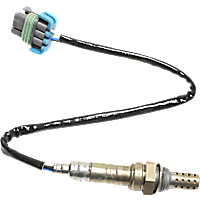 Oxygen Sensor
Oxygen Sensor
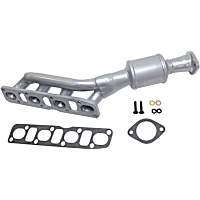 Catalytic Converter
Catalytic Converter
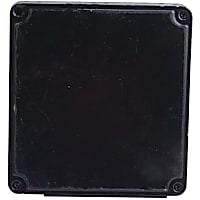 Engine Control Module
Engine Control Module
